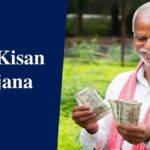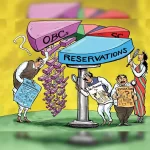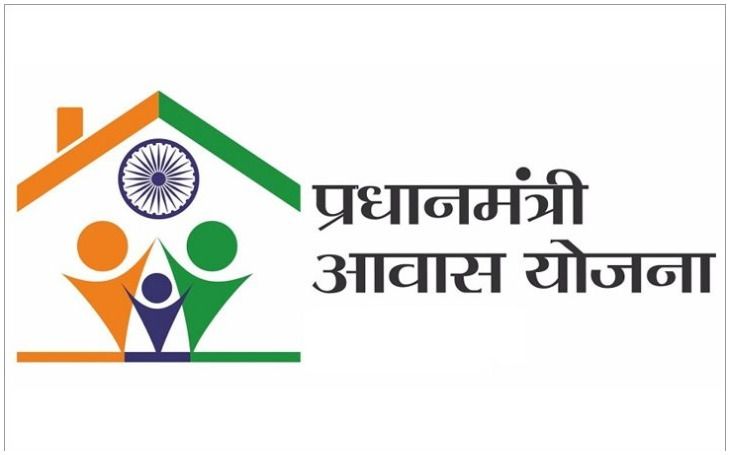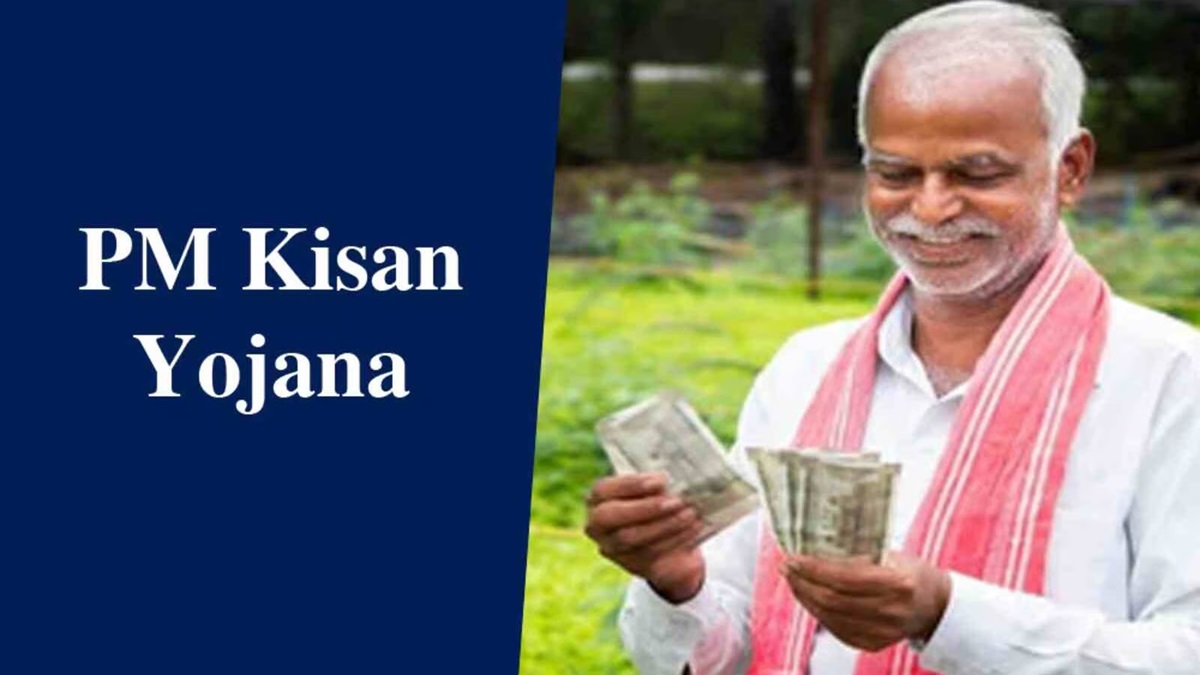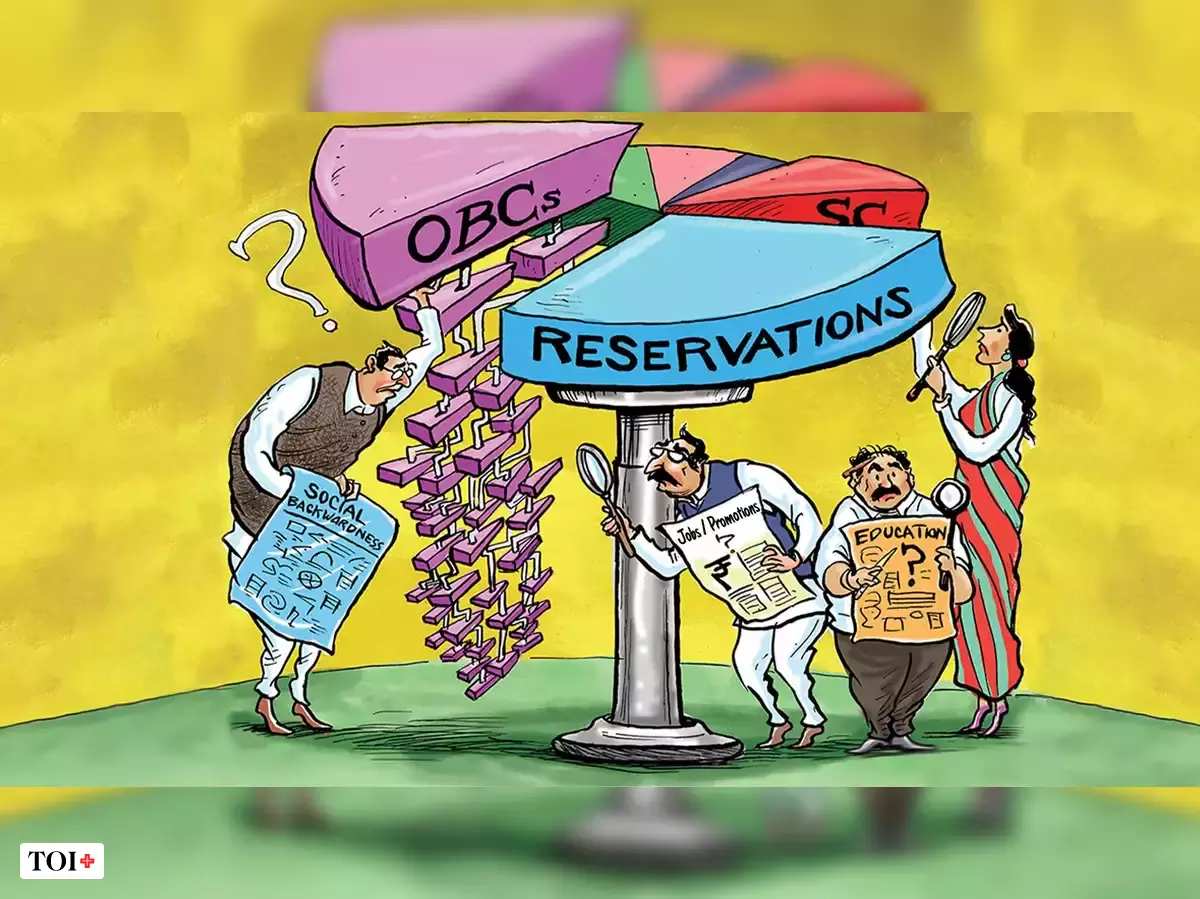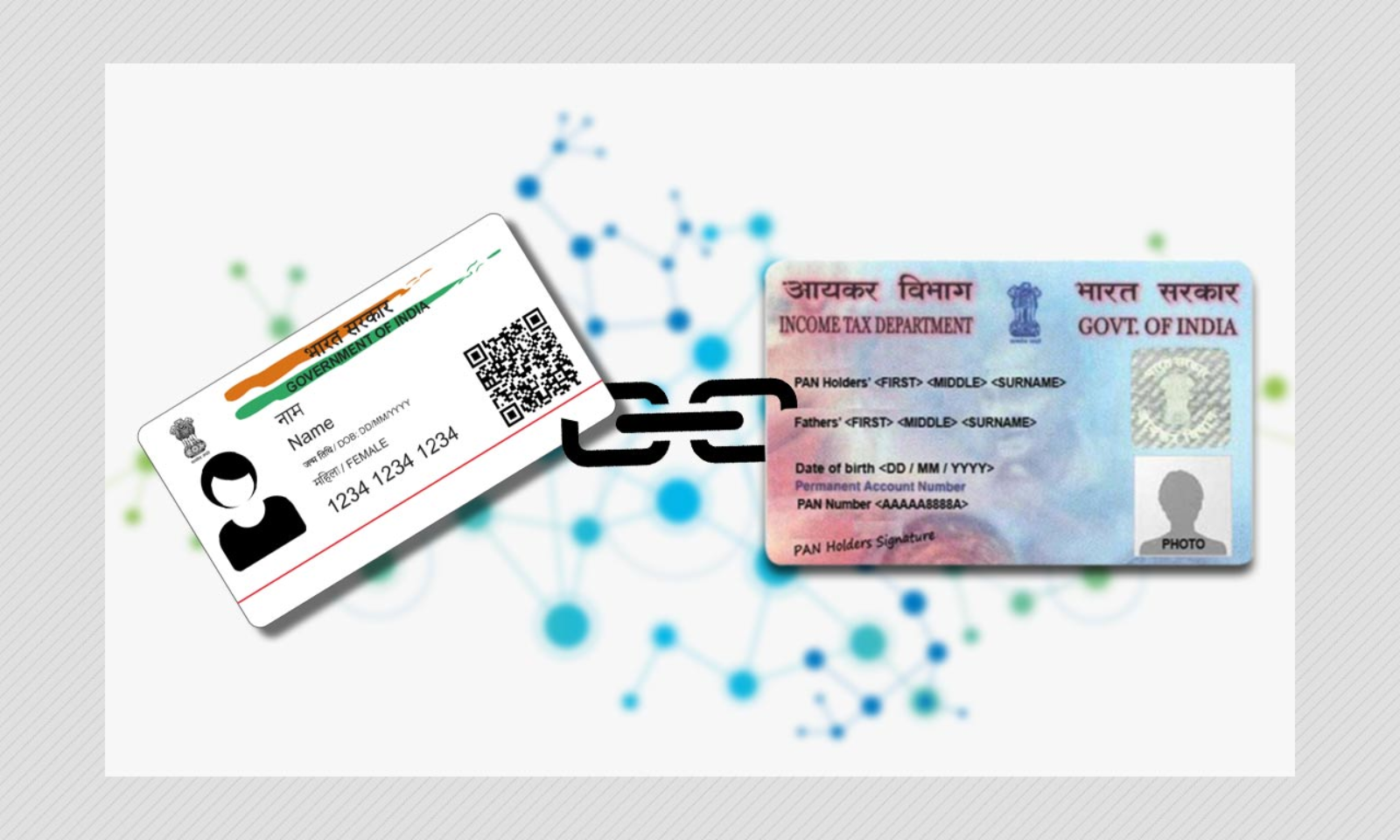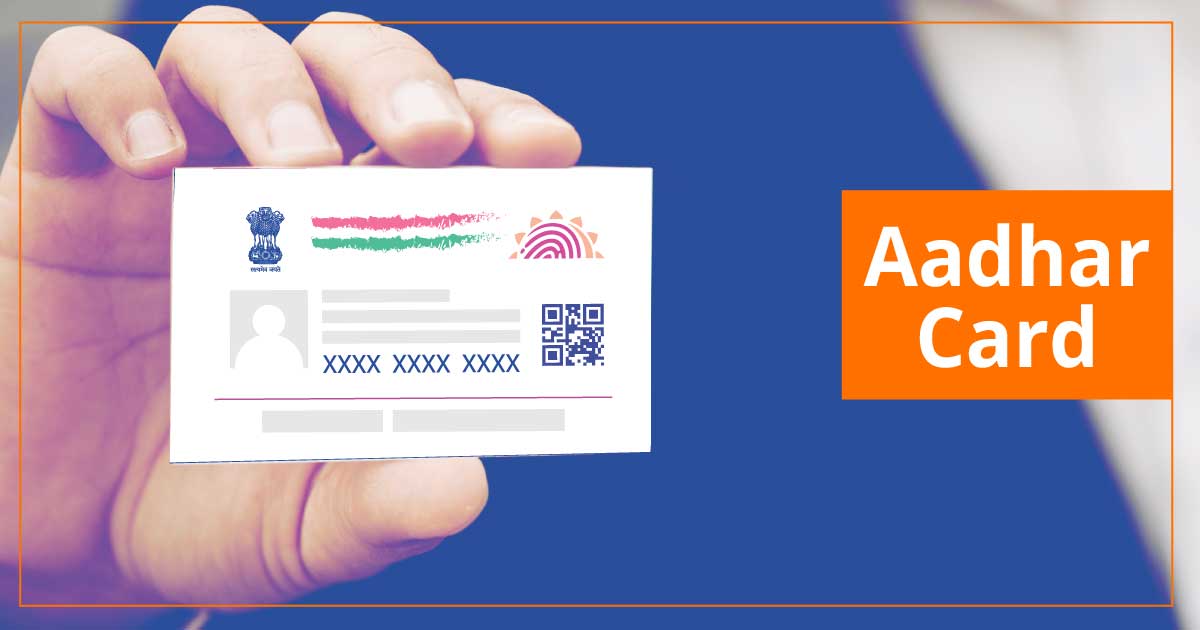Affordable housing has been a persistent challenge in India, where millions of people live in inadequate or substandard housing conditions. To address this critical issue, the Government of India launched the Pradhan Mantri Awas Yojana (PMAY), a flagship housing scheme that aims to provide affordable and quality housing for all. In this comprehensive article, we will delve into the various facets and types of Pradhan Mantri Awas Yojana, its objectives, implementation, and the impact it has had on transforming the housing landscape in India.
Understanding Pradhan Mantri Awas Yojana
Pradhan Mantri Awas Yojana, commonly referred to as PMAY, was launched by the Indian government in June 2015 as part of its mission to provide “Housing for All” by the year 2022. The primary objective of PMAY is to ensure that every Indian citizen has access to a safe and affordable home. This scheme is designed to address the housing needs of both urban and rural areas, catering to the diverse housing requirements of the nation.

PMAY is guided by the following key components:
- In-Situ Slum Redevelopment (ISSR): This component focuses on improving the living conditions in slums by redeveloping them in their current location. It aims to provide slum dwellers with pucca houses, along with essential amenities like proper sewage, sanitation, and clean drinking water facilities.
- Credit-Linked Subsidy Scheme (CLSS): The CLSS aims to make housing loans more affordable for beneficiaries. Under this scheme, beneficiaries receive interest subsidies on housing loans, making homeownership more accessible to economically weaker sections and lower-income groups.
- Affordable Housing in Partnership (AHP): This component promotes the development of affordable housing projects through public-private partnerships (PPP). The government provides financial support to private developers and agencies to construct affordable housing units.
- Beneficiary-Led Construction (BLC): This component empowers individuals to take control of constructing their own homes. Beneficiaries receive financial assistance from the government to build their houses, thus reducing their dependence on builders and contractors.
- Credit-Linked Subsidy Scheme for Middle-Income Groups (MIG): This sub-scheme extends the benefits of interest subsidies on home loans to the middle-income groups, further expanding the reach of affordable housing.
Types of Pradhan Mantri Awas Yojana
PMAY encompasses a wide array of housing programs and initiatives, each tailored to address the specific housing needs of diverse segments of the population.
- Pradhan Mantri Awas Yojana – Urban (PMAY-U): This component is focused on providing affordable housing solutions in urban areas. It includes provisions for in-situ slum redevelopment, affordable housing in partnership, and beneficiary-led construction, along with the credit-linked subsidy scheme. PMAY-U aims to benefit urban residents from economically weaker sections (EWS), lower-income groups (LIG), and middle-income groups (MIG).
- Pradhan Mantri Awas Yojana – Gramin (PMAY-G): PMAY–G is dedicated to addressing the housing needs of rural areas. It offers financial assistance to the rural population for the construction of pucca houses, with specific targets for different beneficiary categories.
- Affordable Housing in Partnership (AHP): AHP is a sub-scheme within PMAY that encourages private participation in the construction of affordable housing units in urban areas. The government provides financial support to developers, ensuring that more affordable homes are built.
- Credit-Linked Subsidy Scheme (CLSS): The CLSS is a central component of PMAY, aiming to make home loans more affordable for EWS, LIG, and MIG beneficiaries. The interest subsidy significantly reduces the financial burden on homebuyers.
- In-Situ Slum Redevelopment (ISSR): ISSR focuses on the redevelopment of slums in urban areas, ensuring that slum dwellers receive pucca houses with essential amenities.
- Beneficiary-Led Construction (BLC): BLC empowers individual beneficiaries to construct their own homes. Financial support from the government makes it possible for them to become homeowners without relying on builders or contractors.
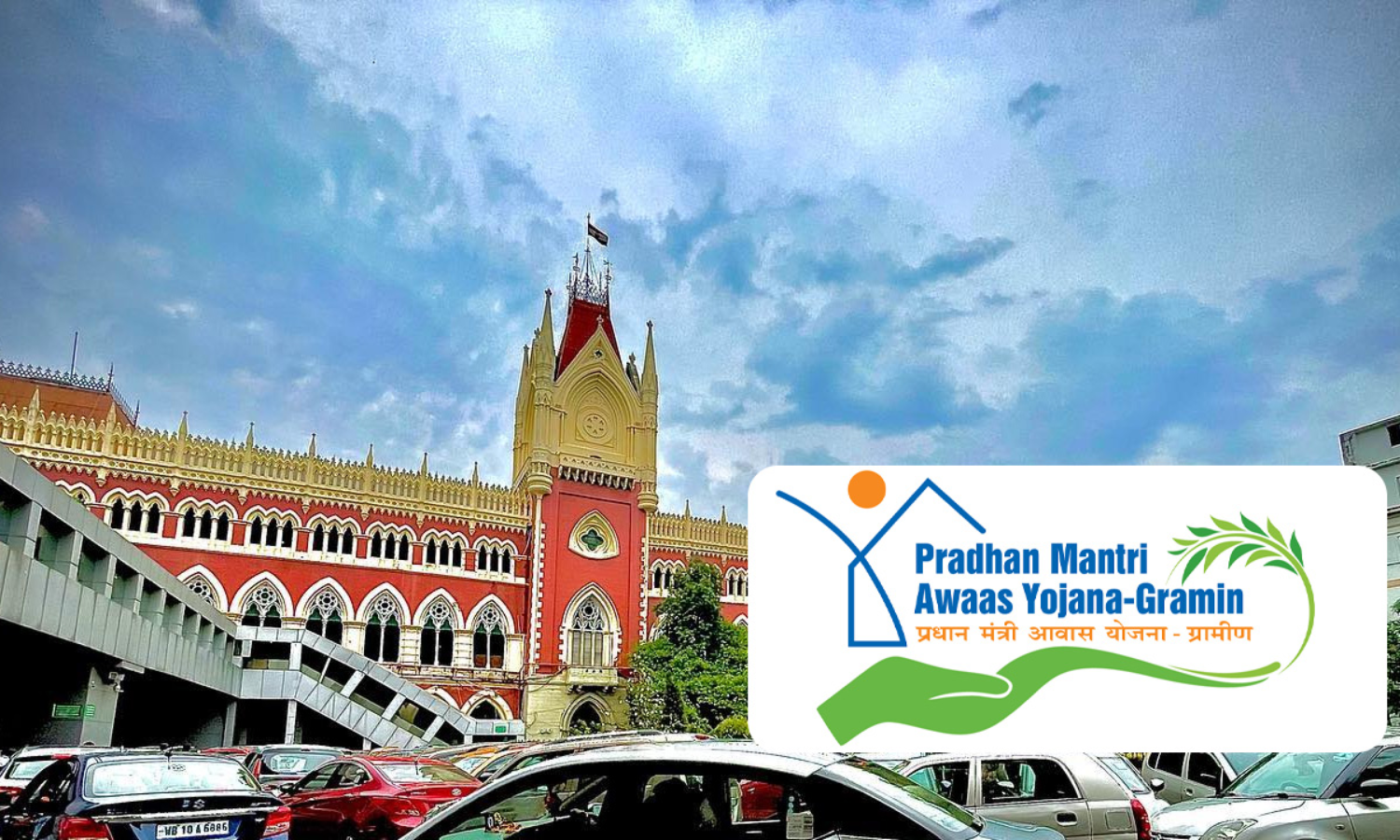
Impact and Achievements
Pradhan Mantri Awas Yojana has achieved remarkable success since its inception. The following are some of the key achievements and impacts of the scheme:
- Improved Living Conditions: PMAY has brought about a significant improvement in the living conditions of millions of Indians. Slum redevelopment projects have provided better housing and sanitation facilities, contributing to a healthier and more dignified life for slum dwellers.
- Increased Homeownership: PMAY has facilitated an increase in homeownership among economically weaker sections and lower-income groups. The CLSS has made housing loans more affordable, enabling these segments to fulfill their dreams of owning a home.
- Economic Growth: The housing and construction sector has witnessed a substantial boost due to PMAY. This, in turn, has created employment opportunities and contributed to economic growth.
- Reduction in Homelessness: The scheme has made significant strides in reducing homelessness in both urban and rural areas, moving closer to the goal of “Housing for All.”
- Promotion of Affordable Housing: PMAY has encouraged the development of affordable housing projects through public-private partnerships, making it a viable and attractive option for private developers and builders.
Challenges and the Way Forward
While Pradhan Mantri Awas Yojana has achieved significant milestones, it still faces several challenges. These include issues related to land acquisition, fund allocation, and project execution. To address these challenges and continue the journey towards providing housing for all, the government must consider the following:
- Enhanced Monitoring: A robust monitoring and evaluation system should be put in place to ensure that the benefits of PMAY reach the intended beneficiaries. Timely reviews and corrective measures will help in achieving the desired outcomes.
- Increased Funding: To meet the ambitious targets of “Housing for All,” adequate financial resources must be allocated to PMAY. This includes budgetary provisions for both rural and urban housing initiatives.
- Simplified Procedures: Streamlining and simplifying the application and approval processes will make it easier for beneficiaries to avail themselves of the scheme’s benefits.
- Awareness and Outreach: Creating awareness about PMAY and its components, especially in rural areas, is crucial to ensuring that the scheme reaches those who need it the most.
Conclusion
Pradhan Mantri Awas Yojana, with its various components, is a multifaceted housing scheme that seeks to transform the housing landscape in India. It addresses the diverse housing needs of urban and rural populations, promoting homeownership, improving living conditions, and driving economic growth. While the scheme has made significant progress, continued efforts are required to overcome challenges and achieve the ultimate goal of providing affordable housing for all. PMAY stands as a testament to the Indian government’s commitment to creating a brighter and more secure future for its citizens through the power of affordable housing.
Read More:- Unveiling the Ultimate Guide: The Best Books for Preparing for the KVPY Exam
Read More:- UNVEILING THE ULTIMATE MEMORIZATION TECHNIQUES FOR VERBAL AND




